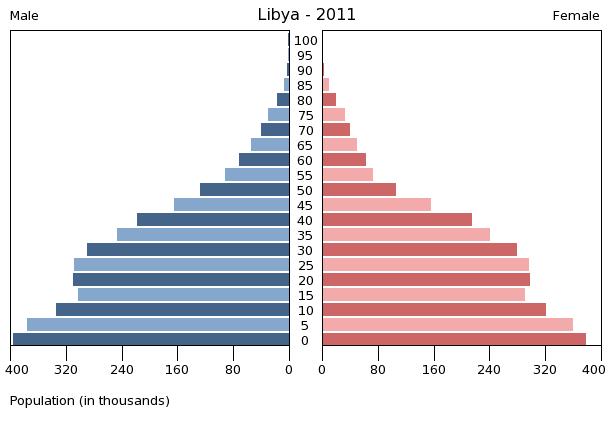Holy shit and they got their ass kicked by the mongols well the first time the second time they kinda eliminated the invading army. It was in the same century so that is something.It also depends what is meant by 'knight'. Many of the fighting men were various forms of non-noble professionals such as men-at-arms, serjents, yeomen and city militia. To even guess what proportion of combatants were knights is really just a stab in the dark.
A very approximate guess can be made by taking the population of Europe (~70 million during the 13th century) and assuming a proportion of around 2% based on what we know of settlement patterns, you wind up with 1.5 million knights. This should give a very rough guide as to the total number.
But 1.5 million knights withing an population of 70 million like the Roman empire had who could only field half an million troops. Starting to think centralization and huge amlunt of military men do not get along.


